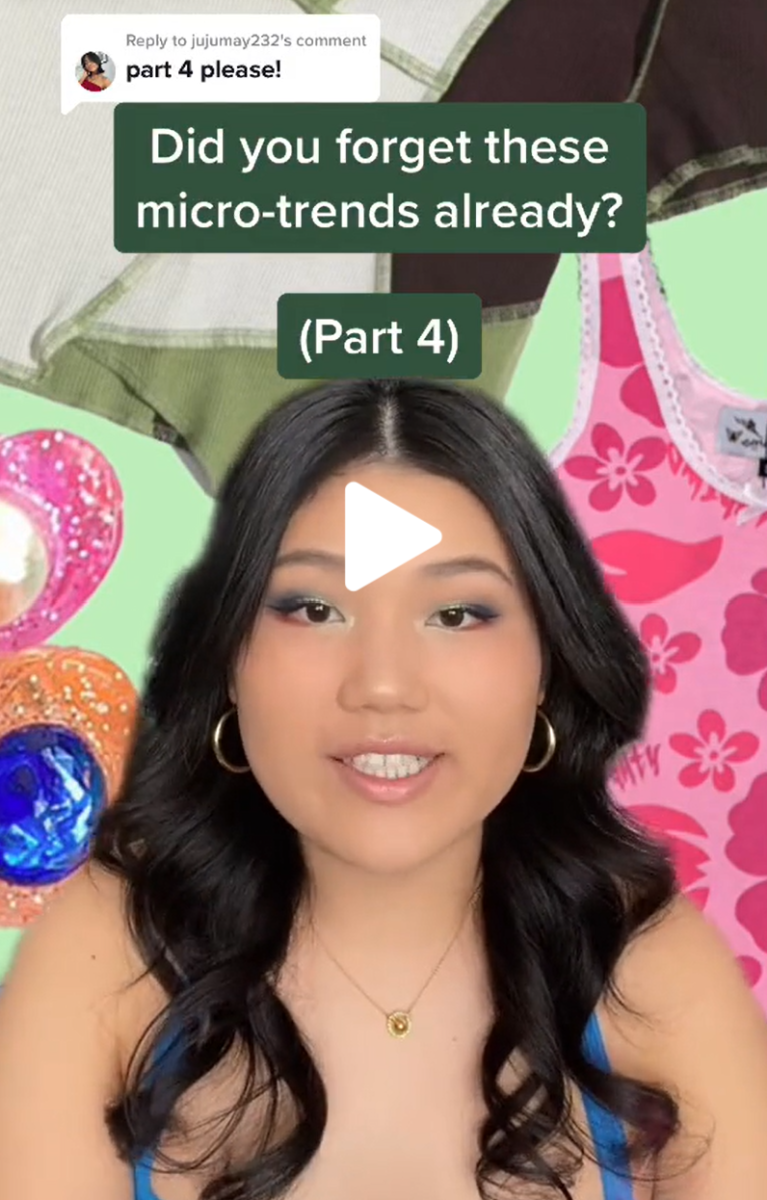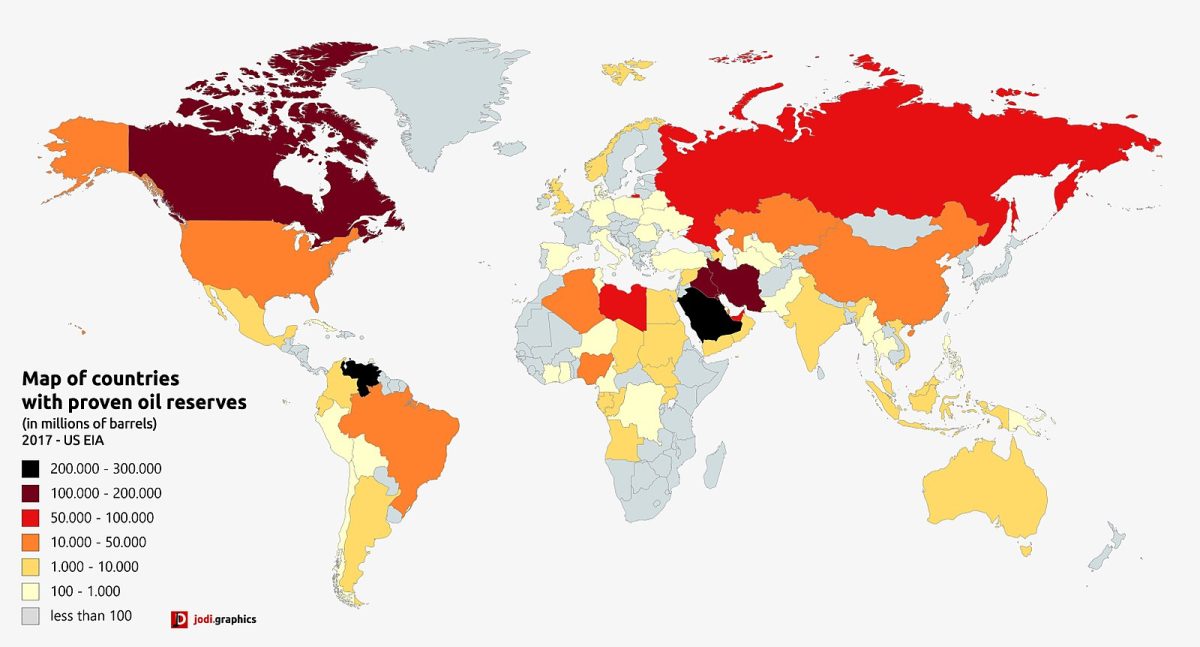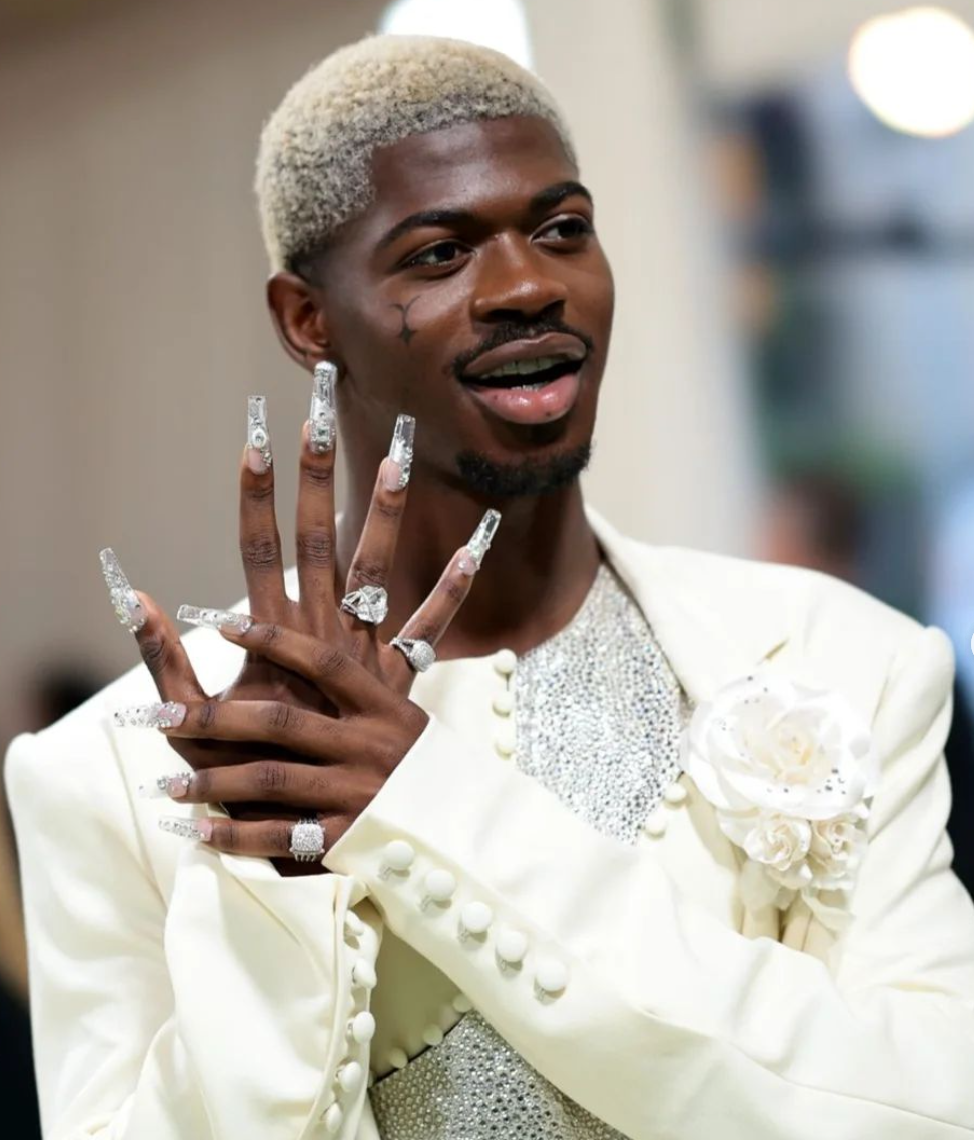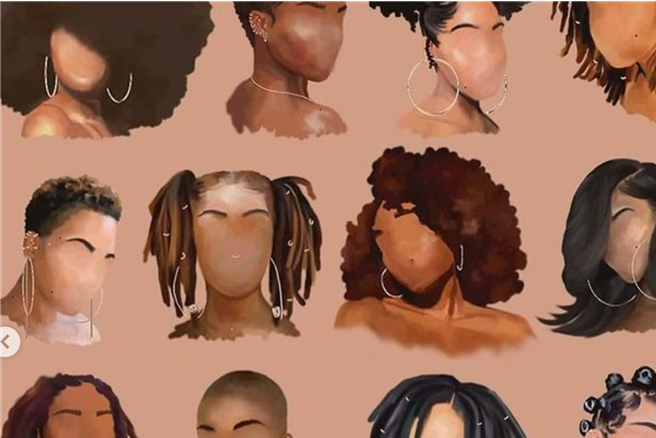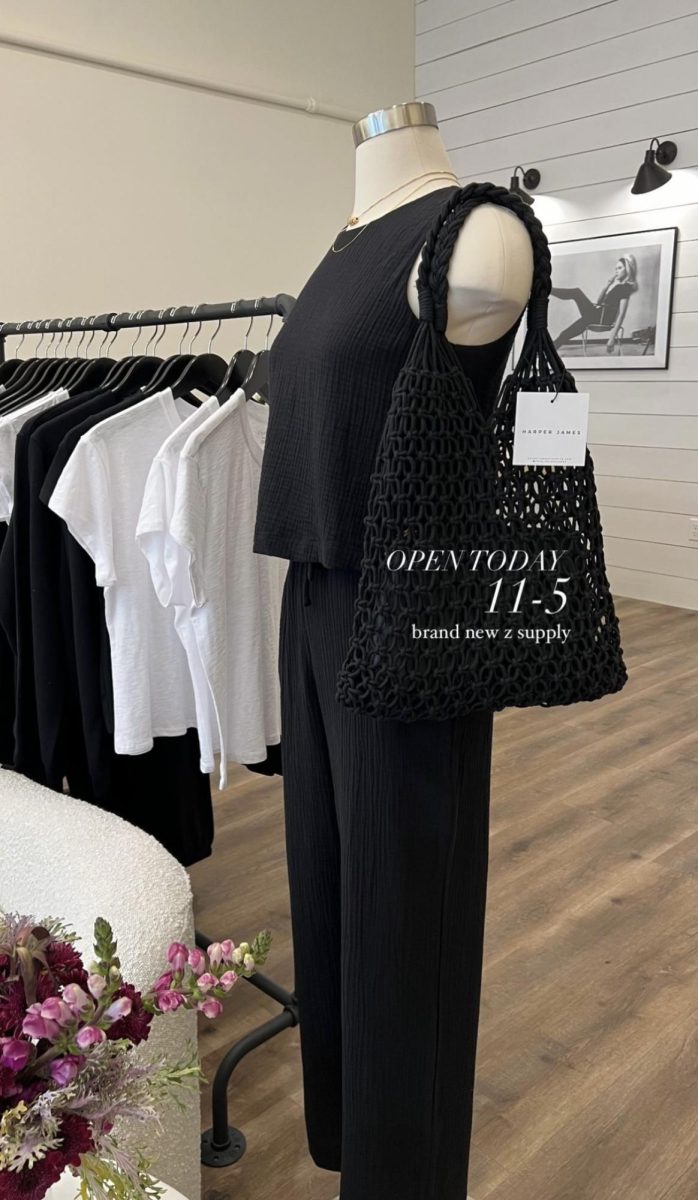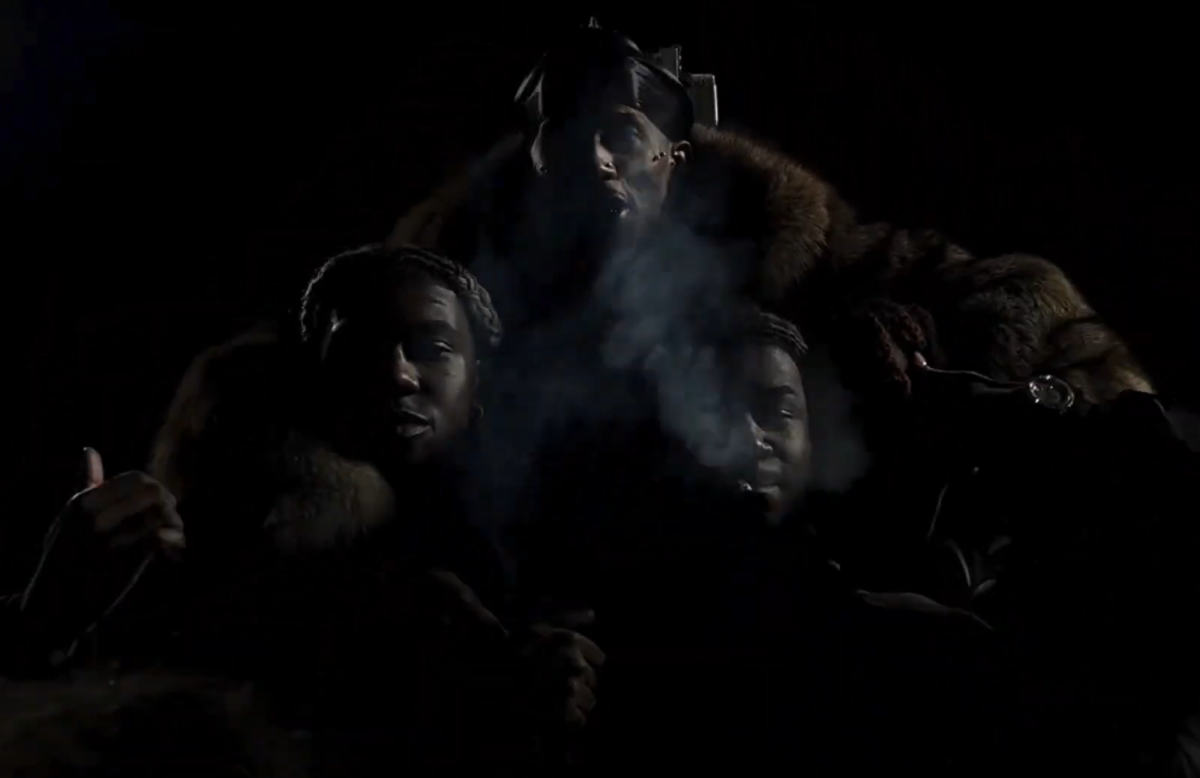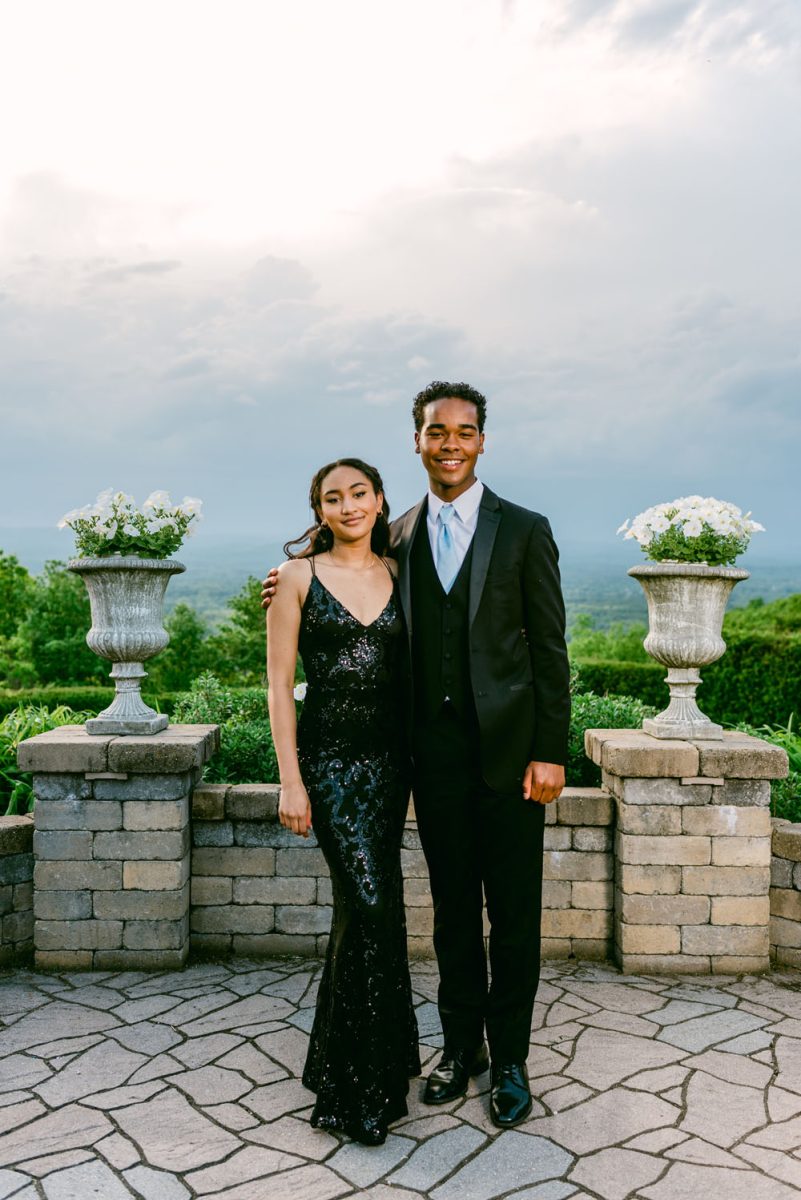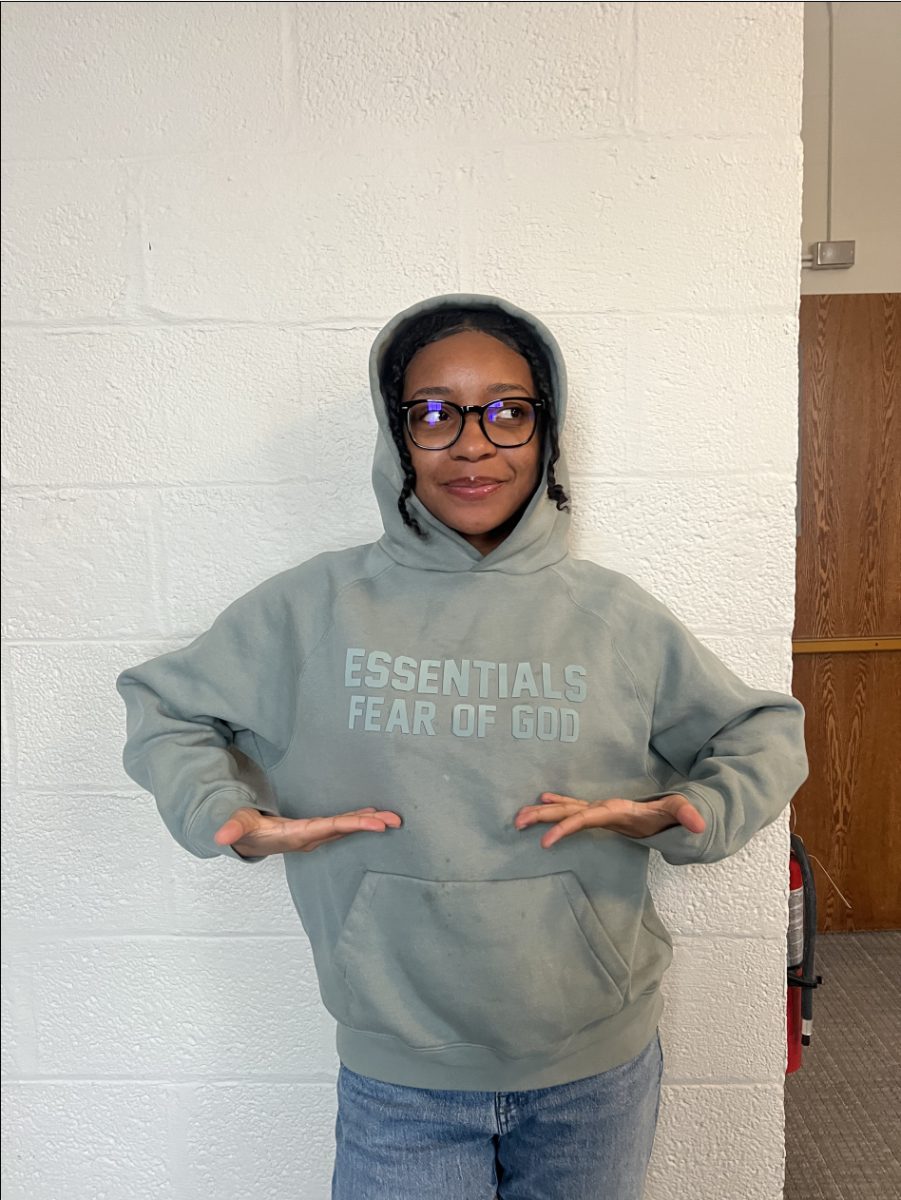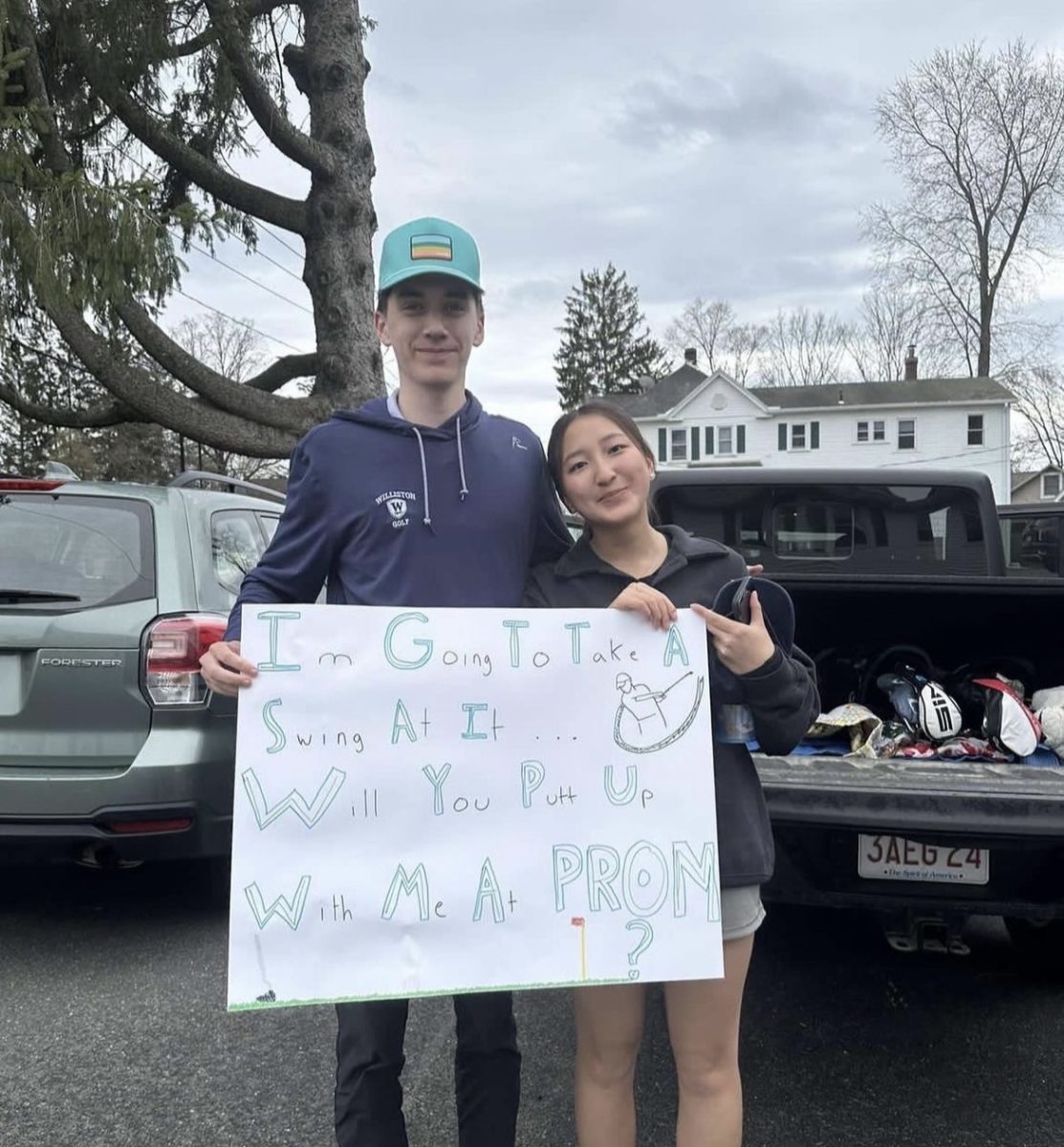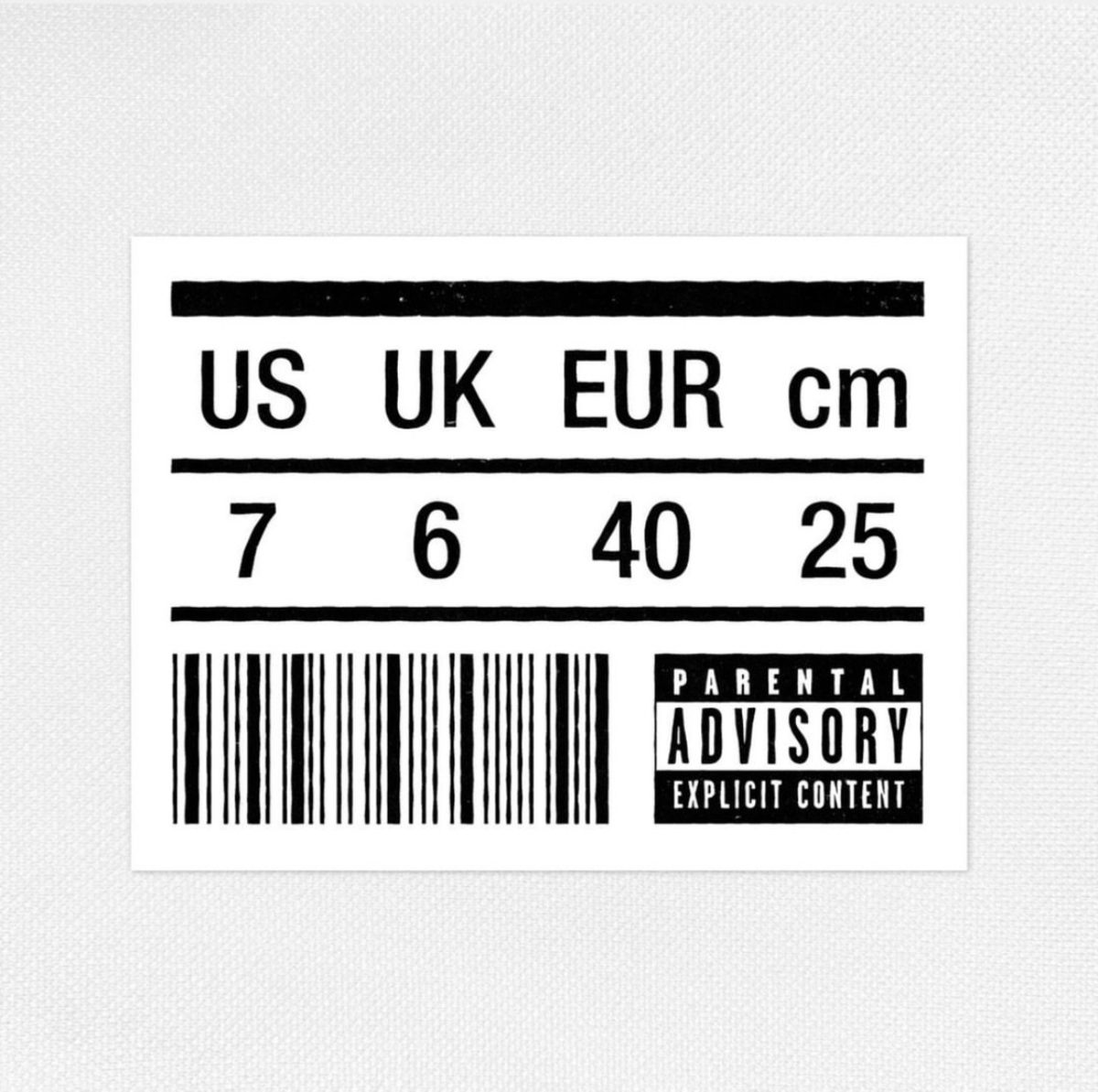Is your hoodie “hoodieing”? Do you have blueberry milk or lavender milk nails? Do you have glass skin? Do you have high visual weight or low visual weight? Are you a strawberry, caramel, or vanilla makeup girl?
If you are a young girl on TikTok, chances are you know what I’m talking about. Blueberry milk nails, glass skin, and caramel makeup are just a few micro-trends that have plowed their way through our feeds for days, only to then disappear just as quickly.
The term micro-trend refers to a specific article of clothing, makeup, or style that takes over algorithms (on TikTok, specifically) for short periods of time, making teens think they need it, and then vanishes only so that we move on to the next. Pre pandemic, we used to obtain what’s trending from magazines and catwalks, but post-pandemic, the connection between social media and the fashion and beauty world has only strengthened. Thanks to social media, the lifespan of fashion and beauty trends is getting shorter and shorter, and we can’t keep up.
According to the National Institutes of Health, in the first quarter of 2020, TikTok was downloaded 315 million times globally, which was a 58% increase from the previous quarter. With young teens stuck at home with nothing to do during the Covid lockdown, TikTok provided an answer. What came along with this was the rise of the “TikTok influencer,” a job quite literally designated to persuade viewers to buy into trends.
According to Social Champ, a social media tool for businesses, each month over two million creators participate in influencer campaigns, promoting brand content. Additionally, 58% of TikTok users stumble upon new brands and products while using the app, which is 1.5 times higher than the rate for other platforms.
Like the “YouTuber” era in previous years, we saw many beauty creators encouraging trends, but with the creation of TikTok’s “For You Page,” 60-second TikTok clips have increased the desire for them. The “For You Page” on TikTok uses several different algorithms and provides a feed that’s tailored specifically for the user. So now when a young girl sees Hailey Bieber’s secrets to strawberry makeup appear on her “For You Page,” she subconsciously feels like she must buy the Rhode Glazing Milk, strawberry liquid blush, and a freckle pen, and fast.
Micro-trends have a big connection to consumerism and fast fashion. Trends have always been around, but with TikTok, they rotate at a much faster pace. You can go into a thrift store and see a “Brazil” crop top hanging on the rack that was trending only a month ago. This means the sheer amount of clothes and products that teens are acquiring is entirely too much. Micro-trends promote the never-ending pursuit of purchasing—a notion that is harmful to wallets and water levels.
TikTok has become a platform for fashion FOMO. So how does the public get to these trends before their “For You Page” refreshes? This is where fast fashion comes into play. When most teens can’t afford an item, many fast-fashion companies like AliExpress or Shein remake the item and sell it at a suspiciously low price. This results in a mass influx of purchases of poor-quality clothing made in horrible conditions— adding to the cycle of overconsumption.
Sophomore Francesca Gionfriddo tries to steer clear of micro-trends that may come across her feed.
“I try to stick to my own fashion identity and pieces that I like and could use for a long time,” she explained.
“I think that the biggest impacts can be seen on the environment, especially with clothing waste and big companies like Shein and Zara exploiting their workers,” she added.
Francesca believes the never-ending cycle of quick trends is not only harmful to the environment, but also to the individuality of the young girls caught up in it.
“I also feel like it makes it harder for girls, especially, to find their own identity,” she said. “It makes it difficult to understand themselves in that sense. Not to mention that it’s not attainable for many economic statuses.”
Zh’ky Johnson-Tuzo, a sophomore from Bermuda, thinks micro-trends can contribute to “feeling left out,” but they also make fashion exciting.
“They can lead to you feeling a bit of pressure for keeping up with these micro-trends … because you are unable to maintain these fads,” he said. “I feel they can also be kind of good, though; they can be seen as something to look forward to on the app.”
Senior Daliah Elvin appreciates some of the micro-trends that have appeared in the past.
“I really like the outfits that came with the trending of the ‘old money aesthetic,’ they always looked so classy,” she said. “I also love that the “no makeup” makeup look is trending; it is what works for me.”
Though trends on TikTok make it hard to find your own personal style for some, for others it has made finding their style easier. No one is saying that you can never buy into a trend ever again because that is unrealistic; micro trends aren’t all bad. Some of my favorite items in my closet I have found through my feed. An indulgence in a trend now and then doesn’t hurt, especially if you will cherish the item for many years to come. The problem only comes when there is an overly high amount of consumption and purchasing of products made unethically.
Social Media Micro-Trends and the Consumerism Cycle
About the Contributor
Soleil Richardson '24, Staff Writer/Editor



